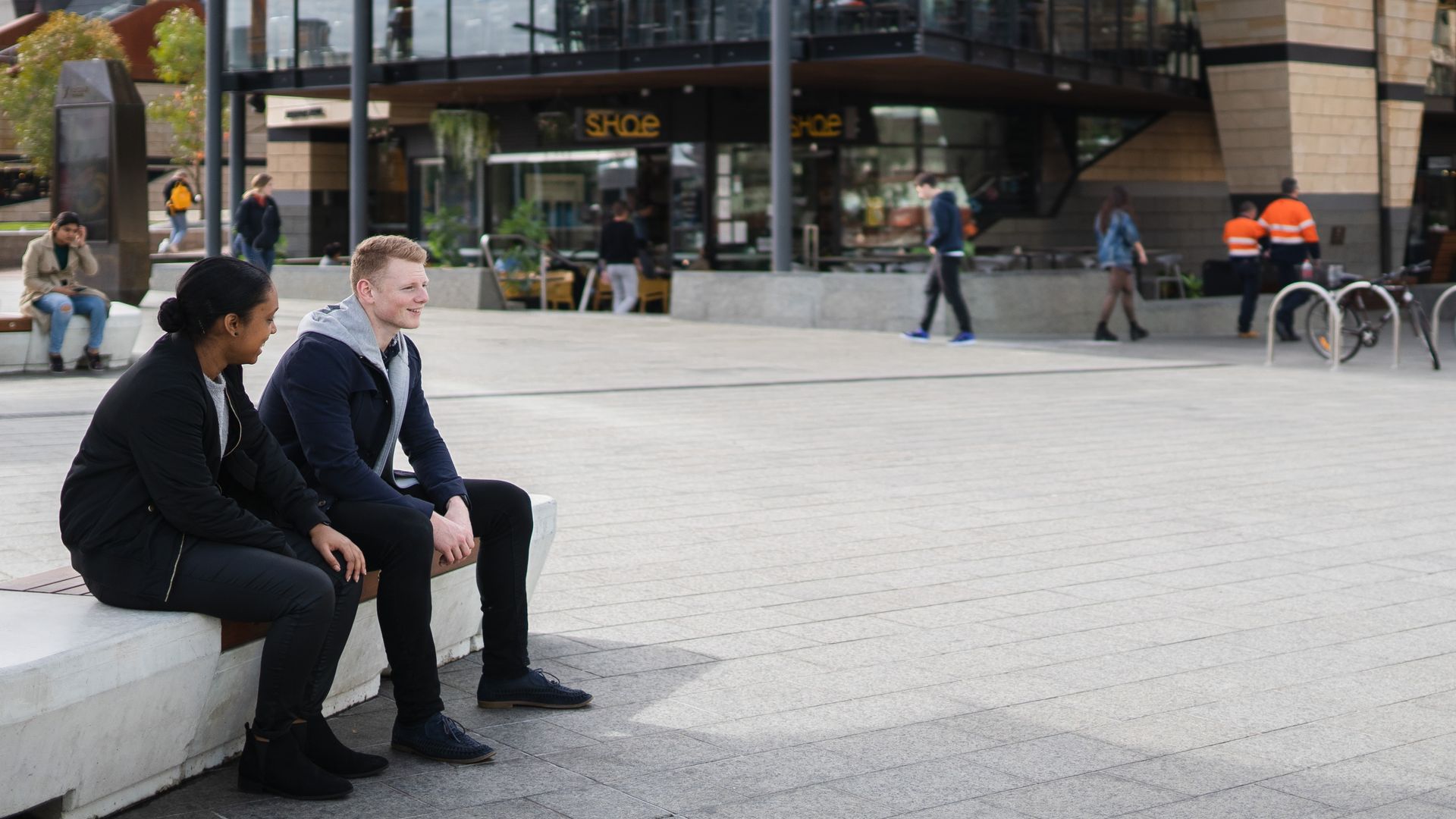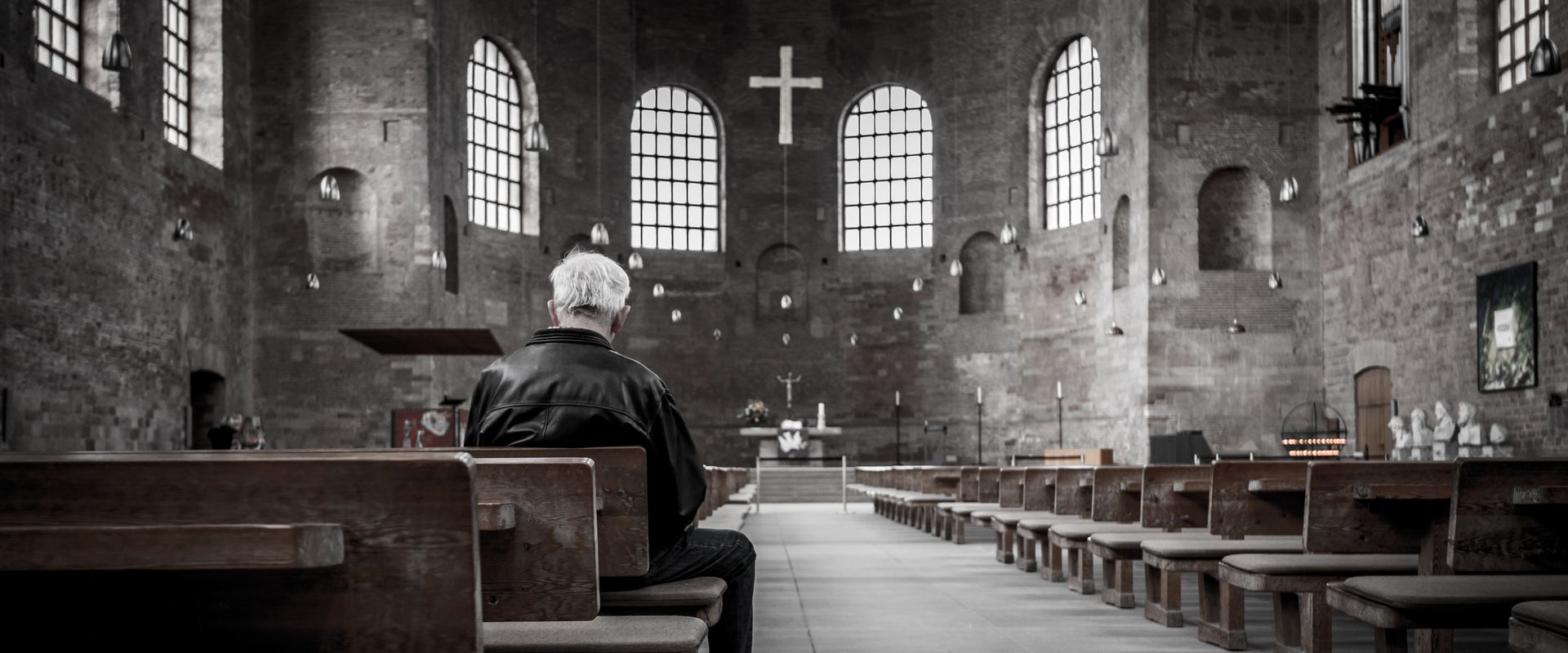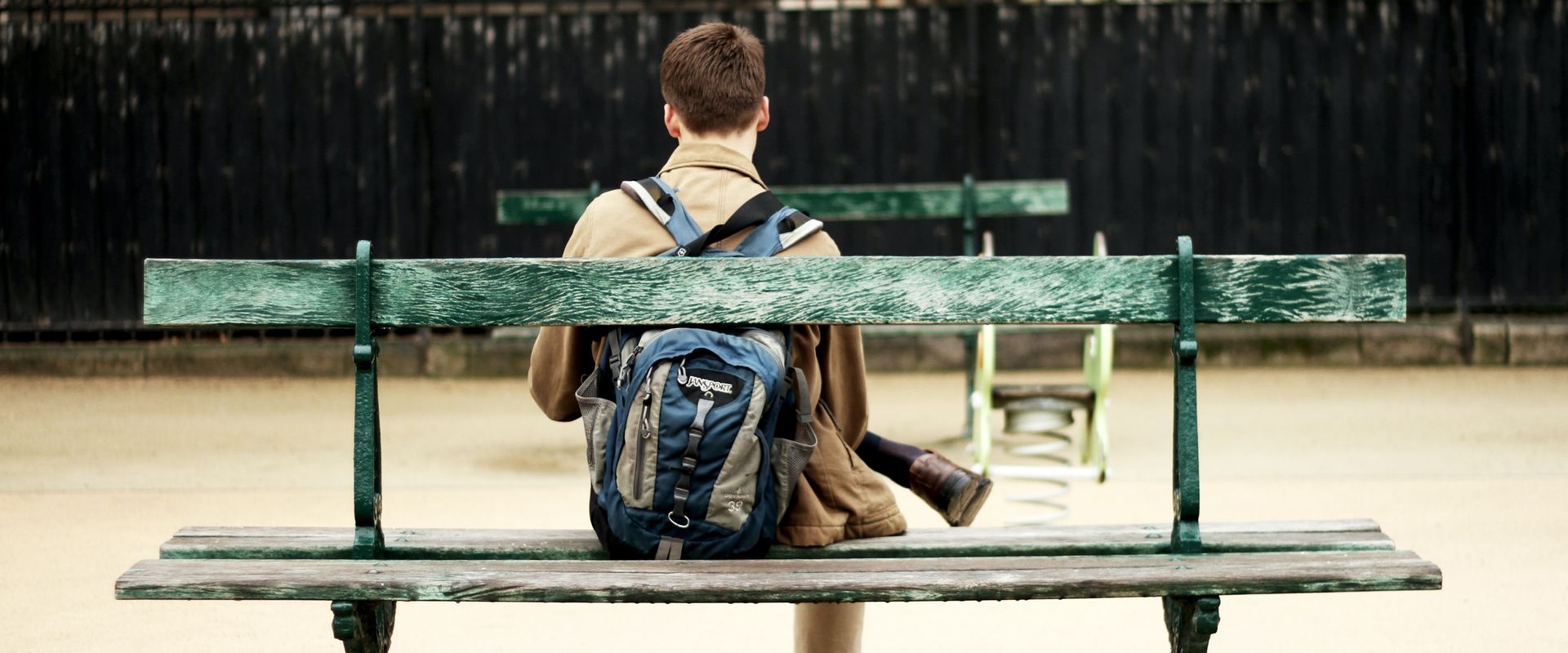In an era where the church’s reputation for being a safe place is becoming increasingly tarnished, there is a way forward. Many schools and organizations have embraced a process that facilitates healing and helps frame our attempts to address society’s most harmful issues: restorative justice. The root of its conception lies in the justice system, but the method is not limited to that arena. It is time for the church, too, to discover and utilize restorative justice principles, concepts, and processes.
For the unfamiliar, Howard Zehr provides an excellent definition in The Little Book of Restorative Justice. “Restorative justice is a process to involve, to the extent possible, those who have a stake in a specific offense and to collectively identify and address harms, needs, and obligations, to heal and put things as right as possible,” he writes. Restorative justice circles is a more commonly used process, based on the premise that each of us wants to be connected to others in a good way, that each of us is a valued member of the community and has a right to our beliefs. And we all share some core values that indicate what connecting in a good way means. Clara’s story is one where that is clear.
Clara, a Friend of Yours
Clara was the victim of child sexual abuse by her father. Her father died when she was in college, and he never took responsibility, admitted to what he did, or was held accountable. Because of that, Clara was forced to seek answers and healing through a unique restorative justice process of a surrogate victim-offender mediation. The day before her mediation she wrote this email to three of her closest friends in her church small group. She was preparing to go to a mediated dialogue, one way to use the restorative justice process, the following day:
I know this is going to sound strange, but here goes. I have only told the three of you about the surrogate mediation I am doing tomorrow. Not because I don’t want them to know, but because I didn’t want any ‘cliché’ comments or ‘pat’ answers. I didn’t want any input at all. However, tomorrow, when you ask the group to pray, will you be specific? Don’t just ask them to pray for me because I am in a difficult meeting or whatever. I would ask that you ask them to pray for me because I am a victim of child rape. … I need real fervent prayers because I am so scared. This is so real. The monsters are bigger than I am, and I don’t know how I will face them and live. Please pray.
Love Clara
P.S. I think if a person could die of fear, I might die tomorrow.
The following day, Clara went to her mediation and within a few hours, she felt profound healing. Clara referenced not wanting pat answers or cliches, because that is exactly what she experienced in the churches she attended over the years, both from leadership and fellow believers. “You just need to forgive and move on,” or “Time heals all wounds,” they’d say. “Just give it to Jesus; that is all you need.” Those may be true, but to an individual suffering through the devastating aftermath of serious harm like Clara, those words fall short. They offer no substantial help to navigate the trauma and pain.
Clara’s mediation offered her more. Victim-offender mediation is one of the most common forms of restorative justice, which, as noted above, involves everyone who has a stake in the situation. Victim-offender dialogue is a one-on-one meeting between the victim and the offender, with a third party facilitating the process. In cases of severe violence, the victim initiates the victim-offender dialogue process to prevent victimization or harm. Typically, the victim-offender dialogue process is voluntary for all participants. Clara’s process was victim offender, but hers was also a surrogate mediation. A surrogate is an individual convicted of the same crime committed against the victim. A surrogate can be used in cases like Clara, where the offender never took responsibility, was never charged, or is no longer available. The surrogate can answer questions for the victims about the criminal aspects, dynamics, and aftermath of the crime even though it was not committed against the victim they are meeting.
Preparation is also required before bringing parties together to ensure that the process will benefit all as much as possible. This included activities like a personal inventory of the crimes’ impact on both parties and role-play of various ways the dialogue could develop to help examine possible reactions and emotional effects. In surrogate mediations, it is also essential for the victim to process their emotional reactions to the reality that the offender is not the one who actually harmed them but is still willing to answer questions and possibly provide healing.
Why Does the Process Work?
According to studies gathered by the Rape, Abuse & Incest National Network (RAINN), Every 68 seconds another American is sexually assaulted. One out of every six American women has been the victim of rape in her lifetime (14.8 percent completed, 2.8 percent attempted). In another report from the U.S. Department of Justice, in 2016, only 23 percent of victims of sexual assault or rape reported the crime to the police. That number is down from the previous year in 2015 when 32 percent were reported. According to a research review reported by the National Sexual Violence Resource Center, false reports happen in 2–10 percent of cases.That means one in every six women sitting in your church may have been the victims of sexual assault. One in six.
Restorative justice principles and processes can be a means to ensure women like Clara find healing and restoration. It works, not just because it is tried and tested, but because it is also biblical. It can be a wonderful means to fulfill the biblical call for justice, healing, reconciliation, and at times, even forgiveness of sin. Some of the elements of restorative justice are biblical in and of themselves like accountability.
There are several elements that make restorative justice work. Accountability, for one, is at the heart of the gospel. 1 John 1:9 says, “If we confess our sins, he is faithful and just to forgive us our sins and to cleanse us from all unrighteousness.” If accountability, or owning up to the fact we are sinners, is necessary for reconciliation with God, we should also see the necessity for accountability in human interactions. Accountability can be the most challenging element, but it is important for the one who has caused the harm to take responsibility for that harm. Everyone wants the person who hurt them to own up to what they did, but when the tables are turned, and we are the ones who caused harm, we seek mercy or make excuses to avoid the pain of owning up to what was done.
The beginning of the story of Cain and Abel shows us another necessary element of restoration: a direct voice. After Abel’s murder, in Genesis 4:10, the Lord said, “What have you done? Listen! Your brother’s blood cries out to me from the ground.” Are we taking time to listen to the voices of those harmed by others? Or even by the church? Prioritizing a direct voice asks if everyone impacted by an issue has a voice in the issue. Other elements include identified stakeholders, clarity around values, and the creation of safe, structured environments.
Even more discouraging is the rising reality that the church itself is often the cause of harm and trauma, a 2023 study found. It is time for the church to get real about addressing serious issues facing congregants. It is time to turn the tide of the exodus from churches to create safe, structured spaces that bring the hurt and suffering to a place of healing and restoration.
Hebrews 12:23–24 says this: “You have come to God, the Judge of all, to the spirits of the righteous made perfect, to Jesus the mediator of a new covenant, and to the sprinkled blood that speaks a better word than the blood of Abel.” Maybe it is time for us to follow his example as the first and perfect mediator and hear the cries of the suffering. Then pour ourselves out to offer hope and healing.
Enough Silence: Creating Sacred Space for Survivors of Sexual Assault through Restorative Justice is available from Eerdmans.





